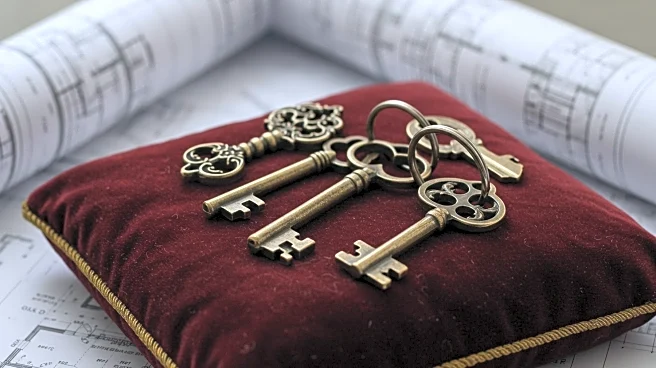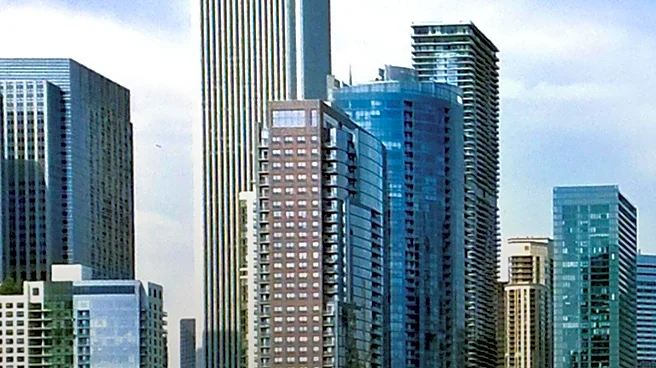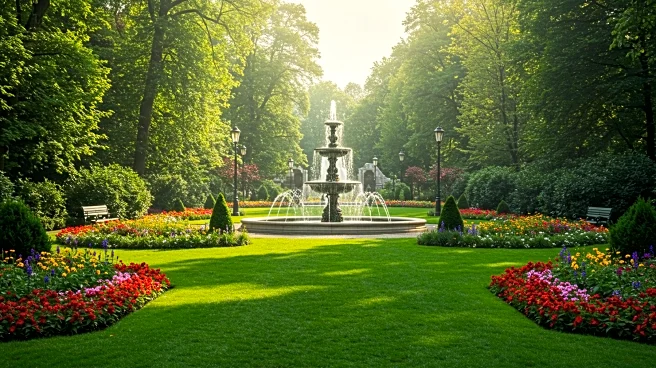What is the story about?
What's Happening?
Chicago's historic buildings, many of which were constructed after the Great Chicago Fire of 1871, are being repurposed into hotels. These structures, known for their architectural significance and historical value, are attracting developers who see potential in their unique features and prime locations. Eleanor Gorski, CEO of the Chicago Architecture Center, highlights that these buildings, often located in fully developed areas with easy access to public transportation, offer travelers a taste of the city's historic flavor. The transformation of these buildings into hotels is facilitated by the Class L Property Tax Incentive, which encourages the preservation and rehabilitation of landmark buildings. This initiative has made it financially viable for developers to invest in these properties, turning them into attractive hospitality venues.
Why It's Important?
The conversion of historic buildings into hotels in Chicago is significant for several reasons. It preserves the architectural heritage of the city while providing modern amenities to visitors. This trend supports tourism by offering unique accommodations that are deeply rooted in the city's history. Additionally, the adaptive reuse of these buildings contributes to environmental sustainability by reducing the need for new construction and minimizing carbon emissions. The economic impact is also notable, as these projects can revitalize neighborhoods, increase property values, and create jobs. The preservation efforts are further supported by historic tax credits, making these projects financially appealing to developers.
What's Next?
As the trend of converting historic buildings into hotels continues, more structures in Chicago are likely to undergo similar transformations. The city's ongoing initiatives, such as the LaSalle Street Reimagined project, aim to repurpose office buildings into housing, indicating a broader movement towards adaptive reuse. This approach not only preserves the city's architectural legacy but also addresses modern urban challenges by providing new housing options. The success of these projects could inspire other cities to adopt similar strategies, promoting sustainable development and historical preservation on a larger scale.
Beyond the Headlines
The adaptive reuse of historic buildings in Chicago raises important cultural and ethical considerations. It highlights the value of preserving historical narratives and architectural integrity while adapting to contemporary needs. These projects also emphasize the role of design in storytelling, as architects and developers strive to maintain the essence of a building's past while creating functional spaces for the present. This balance between preservation and innovation is crucial in maintaining the cultural identity of urban landscapes.
AI Generated Content
Do you find this article useful?












